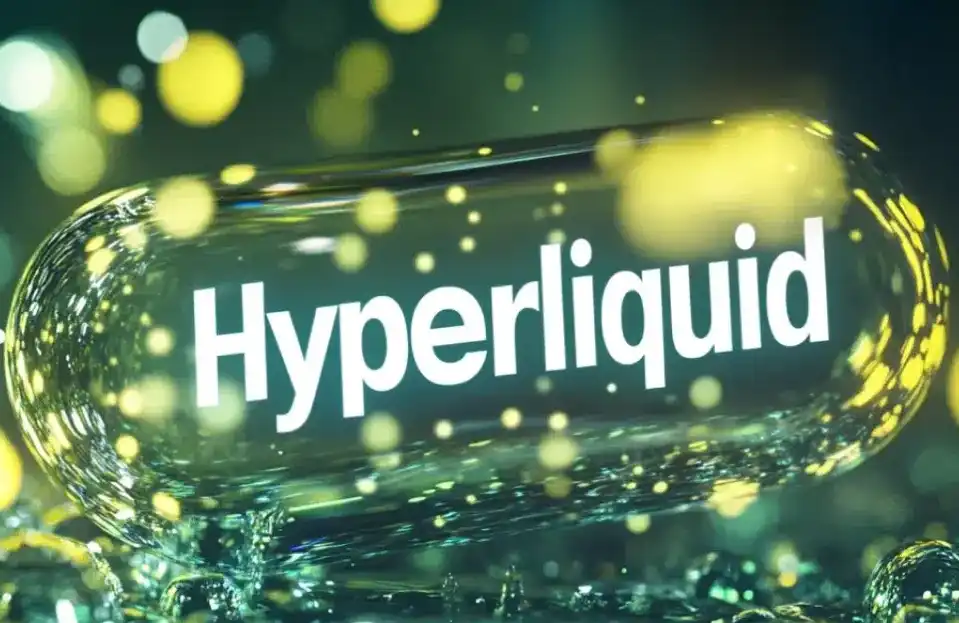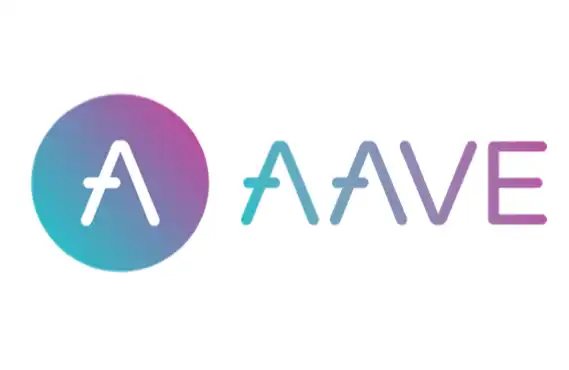Chainlink vs. Hyperliquid: Who Will Dominate the $16.8B DeFi Infrastructure Market Cap Race?
- Chainlink (LINK) and Hyperliquid (HYPER) compete for $33.3B DeFi infrastructure market cap, with Hyperliquid leading at $16.8B. - Chainlink's oracle network enables cross-chain data access, while Hyperliquid's HyperCore blockchain processes 2M TPS with zero gas fees. - Hyperliquid's 97% fee buybacks reduced supply by 8.7% in Q2 2025, contrasting Chainlink's enterprise partnerships and ISO 27001 certification. - Both projects address critical DeFi needs: Chainlink for real-world data integration, Hyperliq
The DeFi infrastructure market is witnessing a fierce battle between two titans: Chainlink (LINK) and Hyperliquid (HYPER). As of August 2025, both tokens hover near a combined $33.3 billion market cap, with Hyperliquid narrowly leading at $16.8 billion and Chainlink trailing at $16.52 billion. This race is not just about market share—it's a clash of visions for the future of decentralized finance. Chainlink, the oracle network that bridges smart contracts with real-world data, and Hyperliquid, the high-speed DEX redefining on-chain trading, represent two distinct but complementary pillars of the DeFi ecosystem.
Infrastructure Value: Oracles vs. Execution
Chainlink's core value lies in its decentralized oracle network, which provides smart contracts with access to real-time data feeds, cross-chain interoperability, and enterprise-grade security. Its Cross-Chain Interoperability Protocol (CCIP) has become a critical infrastructure layer for projects seeking to connect Ethereum with other blockchains. Meanwhile, the Chainlink Reserve, which converts revenue into LINK tokens, has created a flywheel of sustained demand, driving a 12% price rally in the past 30 days.
Hyperliquid, on the other hand, has redefined decentralized trading with its HyperCore blockchain, capable of processing 2 million transactions per second (TPS) with zero gas fees. Its Central Limit Order Book (CLOB) model mimics the speed and depth of centralized exchanges (CEXs) while maintaining full on-chain transparency. By Q2 2025, Hyperliquid captured 74–75% of the decentralized perpetual futures market, with weekly trading volumes averaging $47 billion and open interest surging to $15 billion.
Market Momentum: Partnerships vs. Tokenomics
Chainlink's recent enterprise partnerships—including a proposed spot Chainlink ETF by Bitwise and collaborations with Intercontinental Exchange—have bolstered its institutional credibility. These moves position LINK as a bridge between traditional finance and DeFi, a critical advantage as regulatory clarity emerges. However, Hyperliquid's deflationary tokenomics have proven equally compelling. By allocating 97% of trading fees to HYPE token buybacks, Hyperliquid has repurchased 8.7% of its circulating supply in Q2 2025 alone, creating scarcity and aligning long-term incentives with user growth.
Hyperliquid's institutional traction is equally impressive. The platform's integration with Anchorage custody solutions and BitGo's HyperEVM support has attracted public companies to acquire $1.5 billion in HYPE tokens, signaling growing recognition of its governance model. Meanwhile, Chainlink's ISO 27001 certification and SOC 2 compliance have solidified its role in enterprise-grade applications, but these are defensive advantages rather than growth drivers.
Long-Term Utility: Foundational vs. Executional
The maturing DeFi ecosystem demands both foundational infrastructure and executional efficiency. Chainlink's oracles are indispensable for protocols requiring real-world data—such as DeFi lending platforms, insurance contracts, and tokenized real assets. Its CCIP and Chainlink Reserve ensure it remains a critical layer for cross-chain and on-chain finance. However, Hyperliquid's high-speed DEX model addresses a growing pain point: the need for decentralized platforms to rival CEXs in speed and liquidity.
Hyperliquid's HyperEVM layer, an EVM-compatible smart contract platform, has further expanded its utility. By Q2 2025, HyperEVM's TVL surged to $2.08 billion, driven by protocols like Kinetiq and Hyperlend. This dual-layer architecture—combining HyperCore's execution speed with HyperEVM's composability—positions Hyperliquid as the “AWS of liquidity,” a scalable infrastructure for the next wave of DeFi innovation.
Strategic Investment Recommendation
While both projects have strong fundamentals, Hyperliquid's deflationary model, institutional adoption, and infrastructure scalability give it a clearer edge in the short to medium term. Its ability to outperform centralized exchanges in trading volume (e.g., a 39.1% lead over Robinhood in July 2025) and its $1.2 billion airdrop-driven user growth underscore its momentum. However, Chainlink's enterprise partnerships and foundational role in DeFi make it a safer long-term bet for investors prioritizing stability over speculative growth.
For a balanced portfolio, consider allocating 60% to Hyperliquid (HYPER) to capitalize on its high-growth trajectory and 40% to Chainlink (LINK) for its defensive, infrastructure-driven value. Monitor key metrics:
- Chainlink: Watch for ETF approvals and CCIP adoption rates.
- Hyperliquid: Track TVL growth on HyperEVM and HYPE buyback velocity.
In the end, the DeFi infrastructure race is not a zero-sum game. Both Chainlink and Hyperliquid are building essential components of a decentralized financial future. But for investors seeking to ride the next wave of innovation, Hyperliquid's executional prowess and tokenomics may prove more compelling in the coming months.
Disclaimer: The content of this article solely reflects the author's opinion and does not represent the platform in any capacity. This article is not intended to serve as a reference for making investment decisions.
You may also like
Lighter token launch controversy and Breakpoint conference feedback: What is the overseas crypto community discussing today?
What have foreigners been most concerned about in the past 24 hours?

With a 60% plunge in market share, can Hyperliquid return to the top with HIP-3 and Builder Codes?
What has Hyperliquid experienced recently?

Annual Loss of Tens of Millions in Revenue Sparks Governance Controversy, Aave Labs Accused of "Backstabbing" the DAO
The conflict between Aave Labs and Aave DAO over front-end integration and fee attribution essentially questions a core issue: who should control and distribute the value created by the protocol.

Small-cap tokens fall to a four-year low—Is the "altcoin bull run" completely hopeless?
Despite having a correlation as high as 0.9 with major crypto tokens, small-cap tokens have failed to provide any diversification value.
